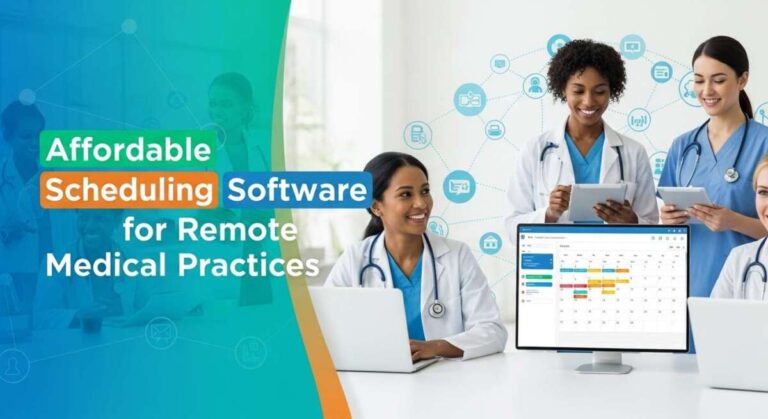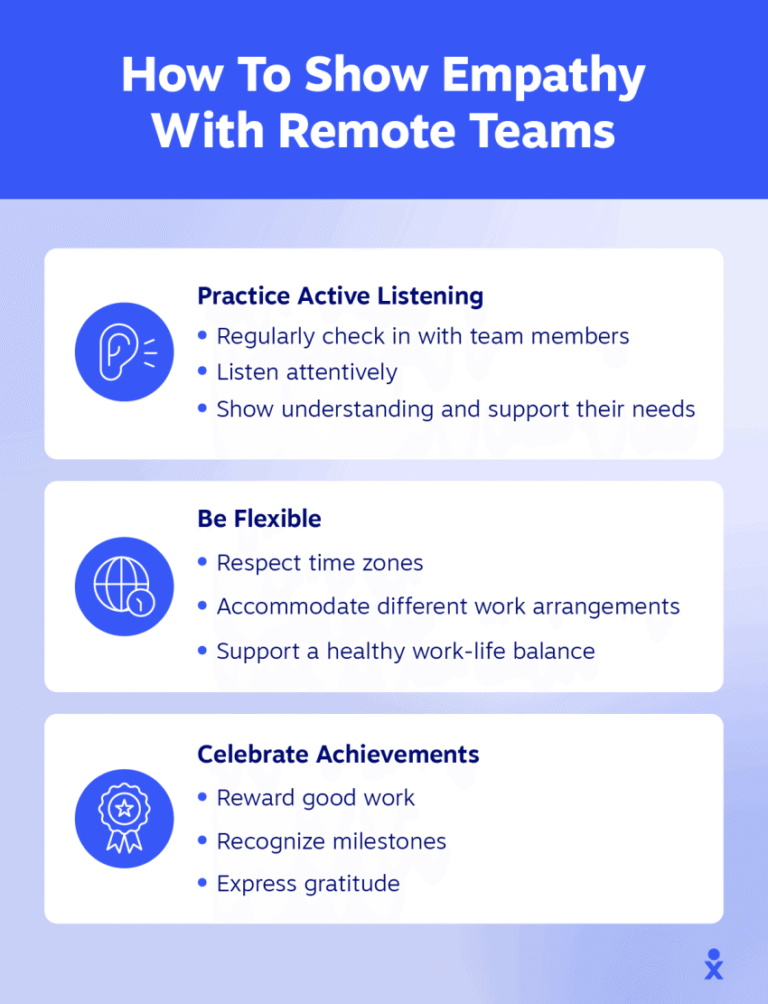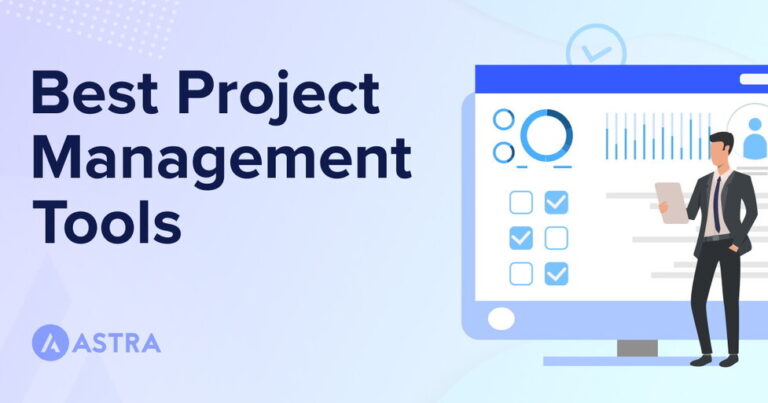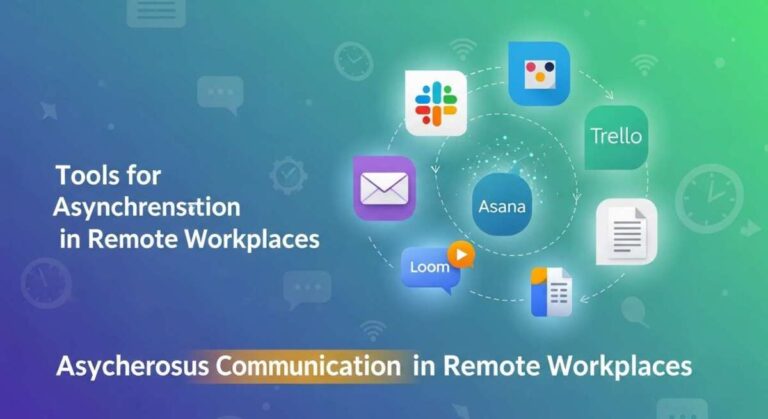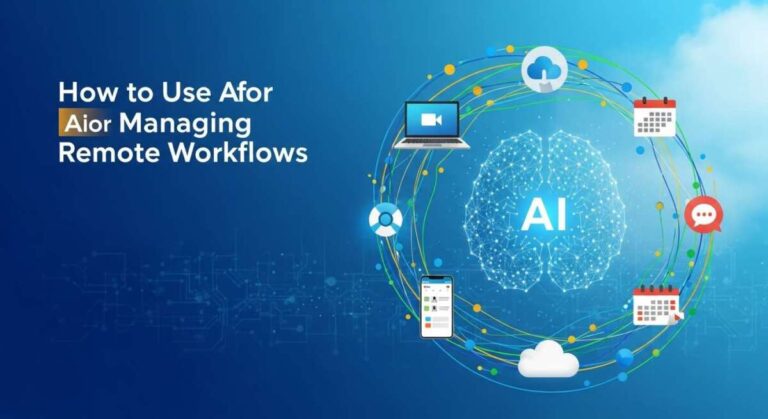How to Train Employees Online With Remote Tech Platforms: Ultimate Guide
Training your employees online doesn’t have to be complicated or boring. Imagine having a simple, effective way to teach your team new skills, no matter where they are.
With the right remote tech platforms, you can make learning engaging, hands-on, and easy to track. This means your employees stay motivated and actually retain what they learn. If you want to know exactly how to set this up and keep your team sharp from anywhere, keep reading.
You’ll discover proven tools and strategies that turn online training into a smooth, productive experience for both you and your employees.
Benefits Of Remote Employee Training
Remote employee training offers many advantages for businesses and workers. It uses technology to deliver learning anytime, anywhere. This method helps companies keep their staff skilled without the limits of physical location or strict schedules.
Training employees online improves how quickly and easily they learn new skills. It supports better communication and engagement through interactive tools. These benefits make remote training a smart choice for modern organizations.
Flexibility And Accessibility
Remote training lets employees learn at their own pace. They can choose the best time and place for study. This fits different time zones and personal schedules. Workers with family or other duties find it easier to join training sessions.
Online platforms are accessible from many devices like laptops, tablets, or phones. Employees can review materials anytime to better understand the content. This flexibility helps reduce stress and improve focus during learning.
Cost Savings And Scalability
Online training reduces travel and venue costs for companies. There is no need to rent space or pay for trainers’ travel. Digital content can be reused for many employees without extra expense.
Remote platforms can easily scale as the company grows. New hires join the same training without extra setup. This saves money and time while supporting large teams across locations.
Consistent Training Experience
Using remote platforms ensures all employees get the same training content. This consistency improves the quality of learning and knowledge retention. Everyone receives up-to-date information in a clear and uniform way.
Standardized courses help managers track progress and spot skill gaps. They can assign extra help to those who need it. Consistent training builds a stronger, more capable workforce across the company.
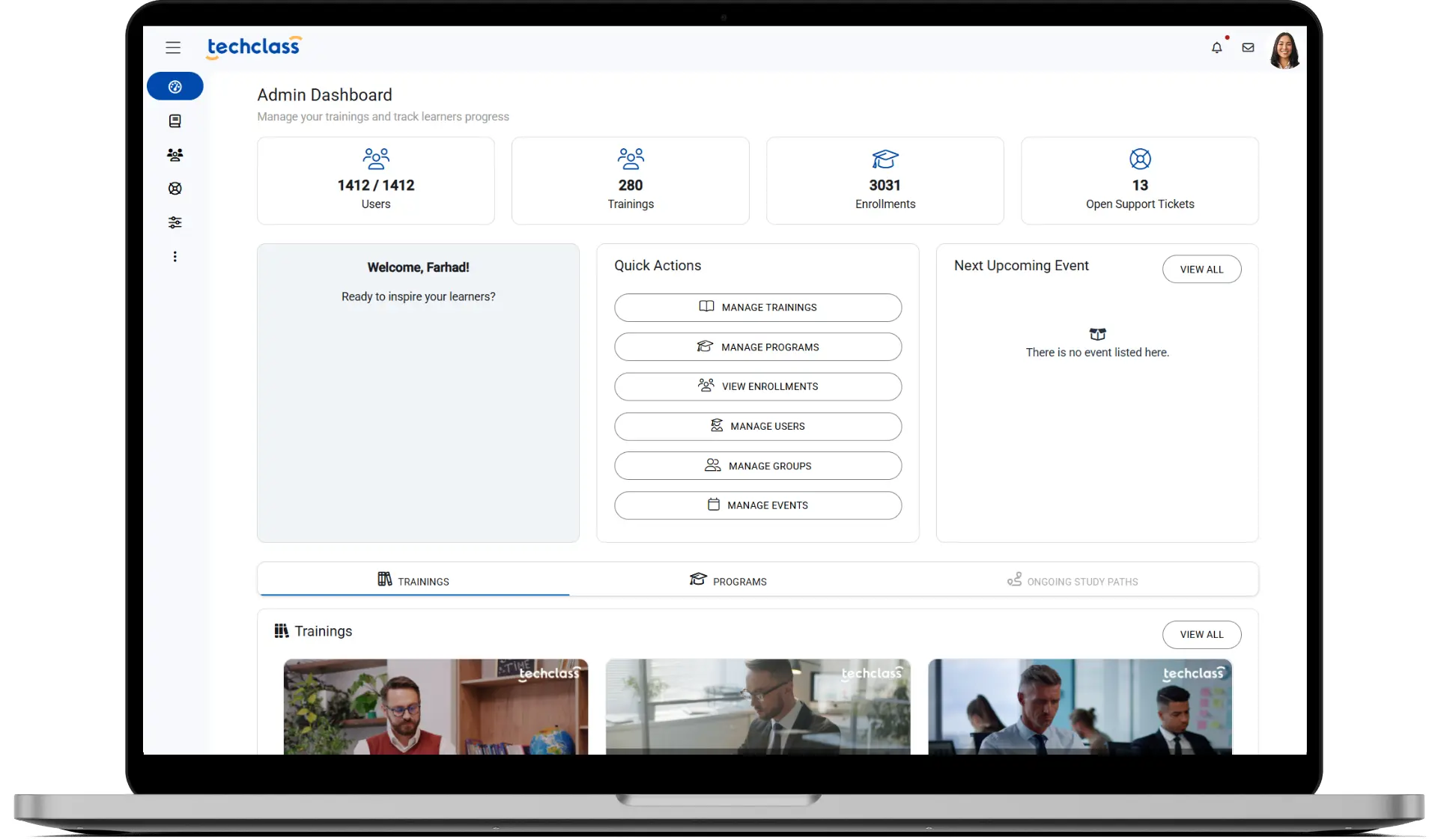
Credit: www.techclass.com
Choosing The Right Tech Platforms
Choosing the right technology platforms is key to successful online employee training. The right tools help deliver content clearly and keep learners engaged. They also support tracking progress and improving skills efficiently. Different platforms serve different training needs. Understand the main types before picking the best fit for your team.
Learning Management Systems
Learning Management Systems (LMS) are cloud-based platforms for training delivery. They allow uploading custom courses or using ready-made content. LMS platforms support many users in various locations. They track employee progress and completion rates easily. Many LMS options include quizzes, certificates, and interactive content. These systems centralize training materials, making management simple and efficient.
Video Conferencing Tools
Video conferencing tools enable live, face-to-face training sessions online. Trainers can share screens, present slides, and answer questions in real-time. These tools foster interaction and collaboration among remote employees. They work well for workshops, discussions, and Q&A sessions. Common platforms include Zoom, Microsoft Teams, and Google Meet. They help recreate the classroom experience virtually.
Digital Adoption Platforms
Digital Adoption Platforms guide employees through software and processes step-by-step. They provide in-app help and tutorials as users work. These platforms reduce the learning curve for new tools or systems. They offer real-time support and track user engagement. This approach helps employees learn by doing, improving retention and confidence. Digital adoption tools fit well in fast-changing tech environments.
Microlearning Solutions
Microlearning delivers training in small, focused bursts. These short lessons fit easily into busy schedules. They use videos, quizzes, or brief reading materials. Microlearning keeps learners engaged and improves knowledge retention. It suits quick skill refreshers or updates on new policies. These platforms allow flexible, self-paced learning. They support continuous employee development without overwhelming users.
Designing Effective Online Training Programs
Designing effective online training programs is essential for remote employee success. A well-structured program keeps learners engaged and helps them retain knowledge. It combines different teaching methods to suit varied learning styles. The goal is to create a balanced and interactive learning experience. Using remote tech platforms, trainers can deliver content flexibly and efficiently.
Blending Self-paced And Live Sessions
Combine self-paced lessons with live sessions for better learning. Self-paced content allows employees to study at their own speed. Live sessions provide real-time interaction and immediate feedback. This mix keeps learners motivated and supports different schedules. It also helps clarify doubts and encourages group discussions.
Incorporating Hands-on Practice
Hands-on practice is crucial for skill development. Include exercises where employees apply what they learn immediately. Use remote tools for assignments or projects that mimic real tasks. This approach improves retention and builds confidence. Practical tasks also help trainers assess progress effectively.
Using Simulations And Virtual Reality
Simulations and virtual reality create immersive learning environments. They let employees practice complex tasks safely. These technologies replicate real workplace situations for better understanding. They increase engagement by making learning interactive and fun. Virtual tools prepare employees for challenges without real-world risks.
Engagement Strategies For Remote Learners
Keeping remote learners engaged is vital for effective online employee training. Without physical presence, trainers must use creative methods to maintain attention and encourage participation. Engagement boosts knowledge retention and helps build a connected learning community despite distance.
Successful strategies focus on interaction, collaboration, and continuous communication. These elements create an active learning environment that supports skill development and motivation. Below are key engagement techniques to apply when training employees on remote tech platforms.
Interactive Quizzes And Gamification
Interactive quizzes break up long lessons and test knowledge in real time. They help learners recall information and apply concepts immediately. Adding gamification elements like points, badges, and leaderboards increases motivation. Employees enjoy friendly competition and strive to improve their scores. This method makes learning fun and memorable.
Peer-based Learning And Collaboration
Encouraging peer interaction fosters a sense of teamwork and shared goals. Group projects and discussion forums allow learners to exchange ideas and solve problems together. Collaboration tools such as chat rooms and video calls support this process. Peers provide support, feedback, and different perspectives that enhance understanding.
Regular Check-ins And Feedback
Frequent check-ins keep learners accountable and engaged with the training program. Trainers can track progress and address challenges early. Constructive feedback helps employees improve skills and stay motivated. Personalized communication shows that their development matters, encouraging continuous effort and growth.
Implementing Job Shadowing Remotely
Implementing job shadowing remotely allows employees to learn by observing experienced colleagues online. This method helps new staff understand tasks clearly, even without physical presence. Remote job shadowing uses technology to create an interactive learning experience. It builds skills effectively while saving time and travel costs.
Recording And Sharing Sessions
Recording job shadowing sessions lets employees revisit important steps anytime. Videos capture real work situations and explain tasks visually. Sharing these recordings on secure platforms makes training accessible 24/7. Employees can learn at their own pace and review difficult parts.
Setting Clear Expectations
Clear expectations guide both trainers and trainees during remote shadowing. Define goals, roles, and timelines before starting. Explain what employees should observe and practice. Setting boundaries helps keep sessions focused and productive. It also reduces confusion and enhances learning outcomes.
Scheduling Follow-up Discussions
Follow-up discussions after shadowing sessions improve understanding. Schedule regular check-ins to answer questions and share feedback. These talks reinforce key points and address challenges early. They motivate employees to apply what they learned in real tasks.
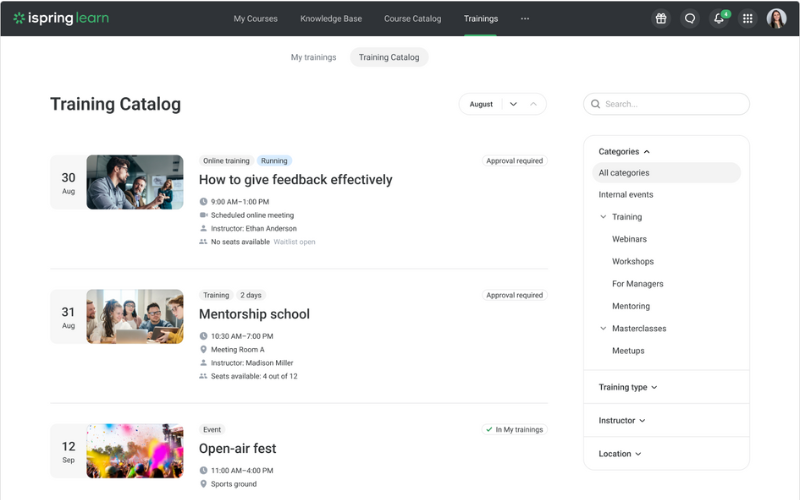
Credit: peoplemanagingpeople.com
Tracking And Measuring Training Progress
Tracking and measuring training progress is essential for successful online employee training. It helps identify learning gaps and confirms which skills employees have gained. Remote tech platforms offer tools that simplify monitoring and evaluation. These tools provide real-time insights into employee engagement and performance. Keeping track of progress ensures training stays effective and relevant.
Utilizing Platform Analytics
Remote training platforms include built-in analytics to track learner activity. They show data such as time spent on courses and quiz scores. Managers can see who completed each module and how well they performed. Analytics highlight areas where employees struggle or excel. This information guides decisions about training focus and pacing.
Assessing Skill Development
Skill assessments measure how well employees apply new knowledge. Online tests, practical exercises, and simulations reveal skill levels. Regular assessments track improvement over time. They help confirm if training meets job requirements. Assessments also motivate employees to engage fully with the material.
Adjusting Training Based On Feedback
Feedback from employees provides insight into training effectiveness. Surveys and discussion boards collect learner opinions and challenges. Trainers can identify confusing topics or technical issues. Adjusting content or methods improves learning experiences. Continuous improvement keeps training aligned with employee needs.
Overcoming Common Remote Training Challenges
Training employees remotely brings unique challenges. These challenges can slow down learning and reduce engagement. Identifying common obstacles helps create better training solutions. Overcoming these hurdles improves the overall remote training experience.
Addressing Technical Issues
Technical problems disrupt online training sessions often. Slow internet, software glitches, and incompatible devices cause frustration. Provide clear setup instructions before training starts. Offer quick technical support during sessions. Use reliable, user-friendly platforms to minimize issues. Testing tools ahead ensures smooth training delivery.
Maintaining Learner Motivation
Remote learners may feel isolated and distracted. Keeping motivation high is crucial for success. Break training into short, interactive modules. Use quizzes and polls to engage learners actively. Set clear goals and celebrate small achievements. Encourage peer interaction through group activities or forums. Regular feedback helps learners stay focused and confident.
Ensuring Effective Communication
Clear communication prevents misunderstandings in remote training. Use video calls for face-to-face interaction when possible. Share written instructions and visual aids for clarity. Encourage questions and provide timely answers. Use chat tools for instant support during sessions. Summarize key points at the end to reinforce learning.

Credit: www.gumlet.com
Best Practices For Continuous Learning
Continuous learning is essential for keeping employees skilled and motivated. Online training platforms must support ongoing development to stay effective. Best practices focus on maintaining engagement and updating knowledge regularly. These strategies help build a learning culture that adapts to change. Below are key methods to promote continuous learning in remote environments.
Providing Ongoing Support
Offer regular help through chat, email, or video calls. Quick responses prevent frustration and keep learners on track. Create a community or forum where employees can share tips. Assign mentors or coaches for personalized guidance. Support makes learning feel less isolated and more collaborative.
Encouraging Microlearning Habits
Break training into small, manageable lessons. Short modules fit easily into busy schedules. Use quizzes or quick tasks to reinforce key points. Frequent learning boosts retention and builds confidence. Encourage employees to review content often for better results.
Updating Content Regularly
Keep training materials current with industry trends and company changes. Remove outdated information to avoid confusion. Add fresh examples and case studies to maintain interest. Regular updates ensure training remains relevant and practical. This practice helps employees apply new skills effectively.
Frequently Asked Questions
How To Train Employees Remotely?
Train employees remotely using video calls, screen sharing, and collaborative tools. Use recorded sessions and regular check-ins. Apply microlearning and hands-on virtual exercises for better engagement and skill retention. Choose user-friendly platforms with progress tracking and interactive features to enhance remote training effectiveness.
How To Train Staff On New Technology?
Train staff on new technology using hands-on practice, microlearning modules, and peer-based support. Use video calls and digital adoption tools. Incorporate simulations and blended online formats. Track progress with learning management systems. Keep sessions engaging and user-friendly for better retention and skill application.
How Do Tech Companies Train Employees?
Tech companies train employees using hands-on exercises, online courses, video calls, microlearning, and collaborative tools for practical skill development.
Which Tool Is The Best For Training Offsite Employees To Use A New Online Program?
The best tool for training offsite employees is a Learning Management System (LMS). It offers centralized content, scalability, progress tracking, and supports flexible training formats. Complement LMS with video conferencing for live interaction and Digital Adoption Platforms for step-by-step in-app guidance.
Conclusion
Training employees online with remote tech platforms boosts learning and saves time. Use video calls and screen sharing to keep sessions interactive and clear. Choose tools that fit your team’s needs for better engagement. Regular feedback helps track progress and improve skills.
Keep training simple, focused, and consistent for best results. This approach supports employee growth and strengthens your remote workforce.


